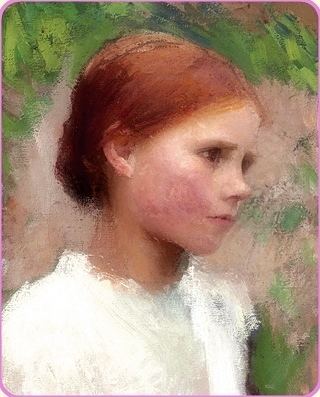 | ||
Occupation fairy tale writer,Baroness Notable works Sentiments of a Penitent Soul (Sentiments d'une Ame penitente)The Return of a Soul to God (Le Retour d'une Ame à Dieu)History of Hippolyte, Count of Douglas (Histoire d'Hippolyte, comte de Duglas) (1690)History of Jean de Bourbon, Prince of Carency (Histoire de Jean de Bourbon, Prince de Carency) (1692)The Count of Warwick (Le Comte de Warwick)Memories of the Court of Spain, Account of the Voyage to Spain (Memoires de la cour d'Espagne, Relation du voyage d'Espagne) (1690 or 1691)Memories of the Court of England (Mémoires de la cour d'Angleterre) (1695)From Fairy Tales (Les Contes des Fées) (1697) Spouse François de la Motte, Baron d'Aulnoy Died 4 January 1705, Paris, France Movies The Kingdom of the Fairies Books The Blue Bird, The white cat, The White Doe, La Chatte blanche, Finette Cendron Similar Jeanne‑Marie Leprince de Beau, Charles Perrault, Gabrielle‑Suzanne Barbot de Villeneuve, Hans Christian Andersen, Bruno Bettelheim | ||
Marie-Catherine Le Jumel de Barneville, Baroness d'Aulnoy (1650/1651–4 January 1705), also known as Countess d'Aulnoy, was a French writer known for her fairy tales. When she termed her works contes de fées (fairy tales), she originated the term that is now generally used for the genre.
Contents
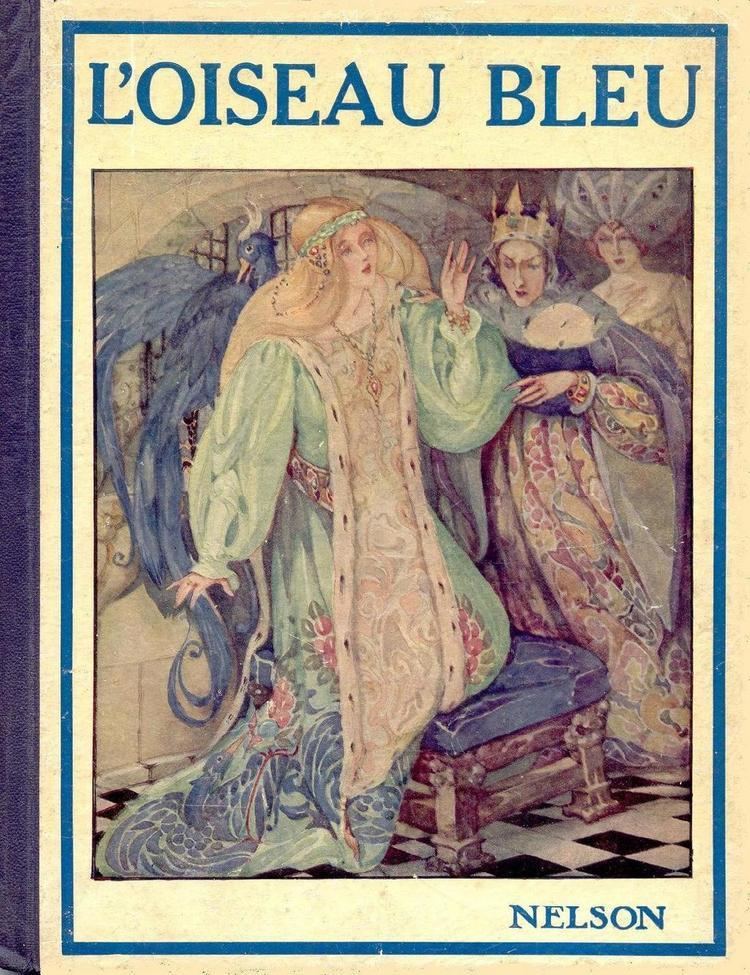
Biography
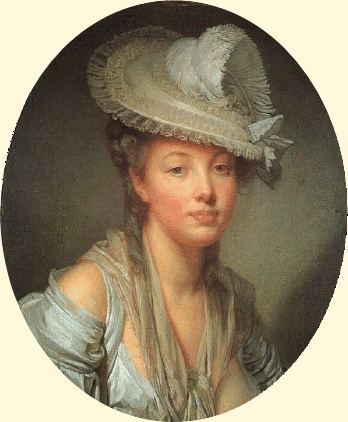
D'Aulnoy was born in Barneville-la-Bertran, Calvados, as a member of the noble family of Le Jumel de Barneville. In 1666, she was given at the age of fifteen in an arranged marriage to a Parisian thirty years older—François de la Motte, Baron d'Aulnoy, of the household of the duc de Vendôme. The baron was a freethinker and a known gambler. Over the next three years, the couple had three children. In 1669, the Baron d'Aulnoy was accused of treason but the accusations, in which Mme d'Aulnoy appeared to be involved, proved to be false, and two men implicated in the accusation were executed. Marie-Catherine's mother fled the country as she was also allegedly involved, however it is not known if the Comtesse d'Aulnoy herself had anything to do with the charges. She had three more children and discontinued involvement in the Paris social scene for twenty years. During this period, she later said that she had traveled to Spain, with her mother, who remained in Madrid, and England, the latter voyage cannot be confirmed however. Much of this time was also spent writing stories inspired by these destinations; these stories later became her most popular works.
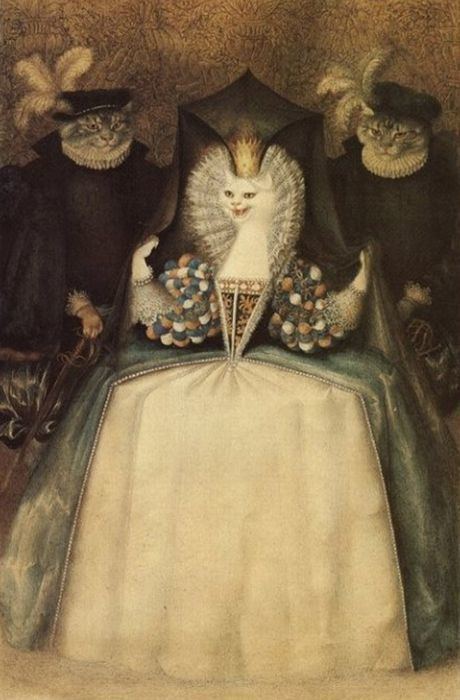
Madame d'Aulnoy was a permanent resident of Paris again by 1690, where her salon became frequented by leading aristocrats and princes, including her close friend, Saint-Evremond. Over the next thirteen years she published twelve books including three pseudo-memoirs, two fairy tale collections and three "historical" novels. Gaining the reputation as a historian and recorder of tales from outside France, and elected as a member of Paduan Accademia dei Ricovatri, she was called by the name of the muse of history, Clio. However, at this time the idea of history was a much looser term which included her fictional accounts. In 150 years, the more strictly documented form of the term led to her accounts being declared "fraudulent". However, in France and England at the time her works were considered as mere entertainment, a sentiment reflected in the reviews of the period. Her truly accurate attempts at historical accounts telling of the Dutch wars of Louis XIV were less successful.
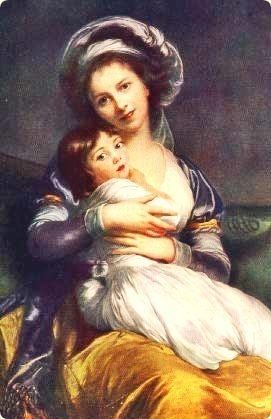
Her most popular works were her fairy tales and adventure stories as told in Les Contes des Fees (Tales of fairies) and Contes Nouveaux, ou Les Fées à la Mode. Unlike the folk tales of the Grimm Brothers, who were born some 135 years later than d'Aulnoy, she told her stories in a more conversational style, as they might be told in salons. These stories were far from suitable for children and many English adaptations are very dissimilar to the original.
Works
